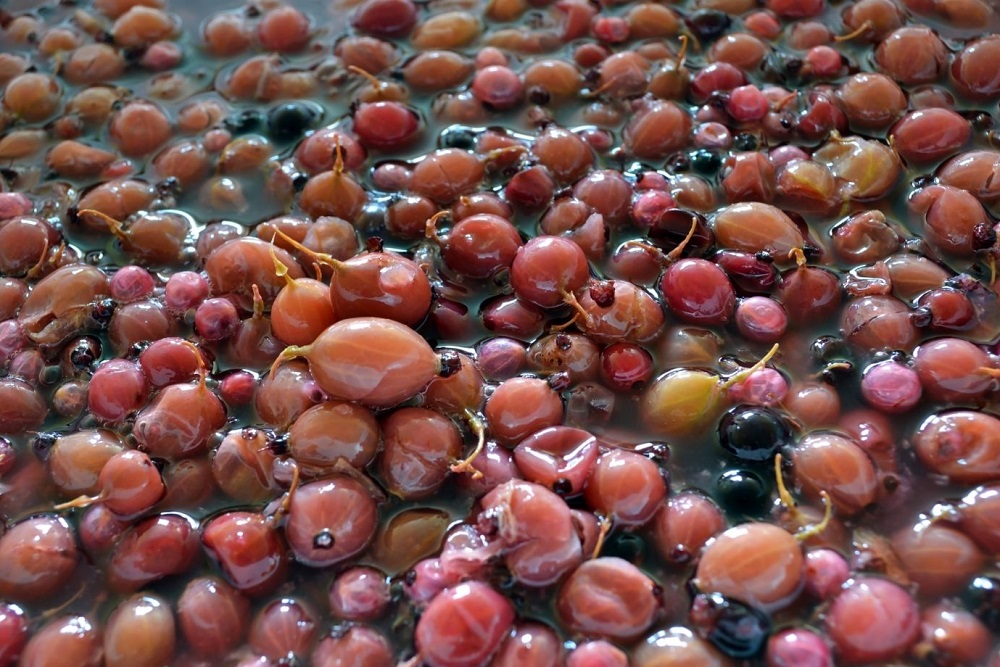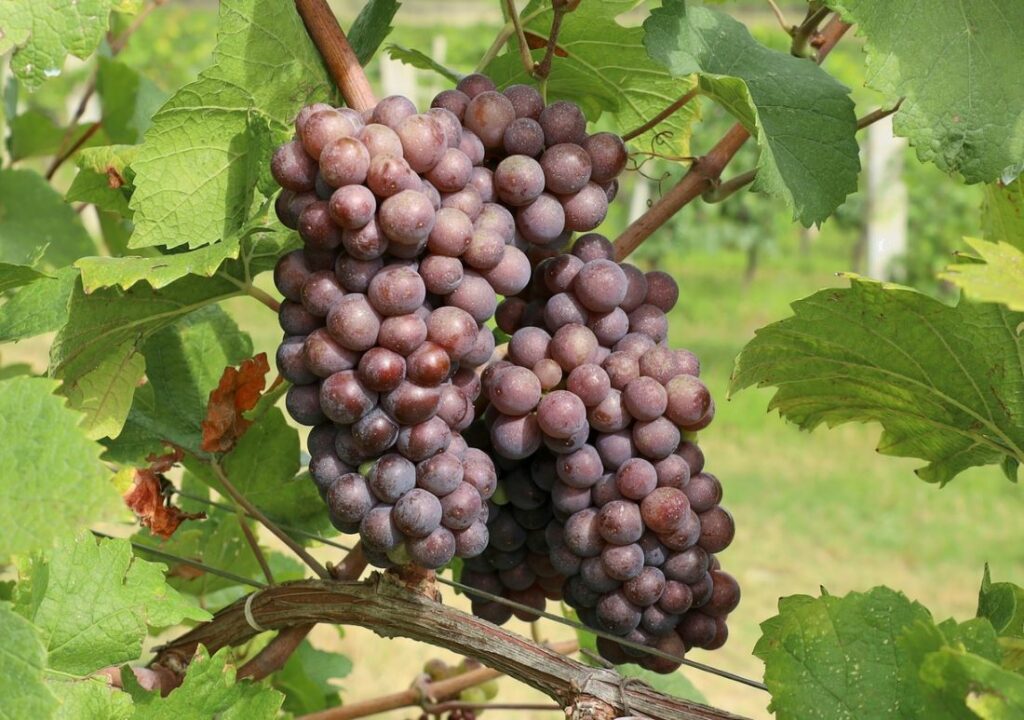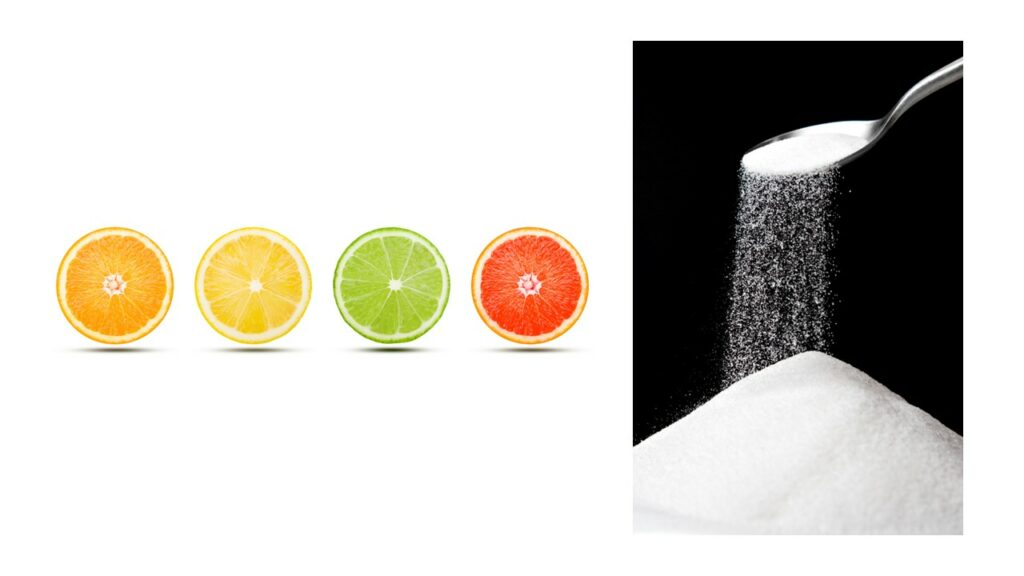When it comes to the world of wine, there is an abundance of choices that can often leave us feeling overwhelmed. Among the wide array of varietals, Moscato has emerged as a beloved option for those seeking a sweet and refreshing sip. However, within the realm of Moscato, there are two distinct contenders vying for attention: Red Moscato and Pink Moscato.
While both share a common foundation in their use of Muscat grapes, these wines offer unique characteristics that set them apart from one another. Join us on a delightful journey as we delve into the nuances of Red Moscato versus Pink Moscato and discover which one might just become your new go-to pour.

Understanding Moscato
Moscato, a sweet and aromatic white wine, has become increasingly popular in recent years. Hailing from Italy, this vibrant varietal offers a unique sensory experience that instantly transports your taste buds to sun-kissed vineyards. Known for its low alcohol content and light body, moscato is often enjoyed as an apéritif or paired with desserts.

One of the most intriguing aspects of moscato is its distinctive flavor profile. Bursting with fruity notes of peaches, apricots, citrus fruits, and elderflower blossoms, it tantalizes the palate with its refreshing sweetness. This makes moscato an excellent choice for those who prefer mellower wines or are new to wine-drinking altogether.

However, moscato is not just limited to being a dessert wine; it can also be paired with a variety of foods. Its natural sweetness makes it an ideal match for spicy dishes since the residual sugar helps balance out the heat. Additionally, the frizzante or sparkling versions of moscato can be an elegant companion for light appetizers like bruschetta or fresh seafood.

In conclusion, whether you’re seeking a delightful after-dinner treat or simply looking to explore new wine options that offer both complexity and accessibility,Moscato shines as a versatile and sophisticated choice.
How is pink Moscato made
Pink Moscato is a delightful and refreshing wine that has captured the hearts of many wine enthusiasts. But have you ever wondered how this vibrant and blush-hued drink is made? To create Pink Moscato, winemakers start with juicy pink-skinned grapes, typically from the Muscat family. The process begins by carefully destemming and crushing the grapes to allow for fermentation.

What sets Pink Moscato apart is its unique fermentation process. During fermentation, winemakers leave the juice in contact with the grape skins for a short period of time. This technique imparts a delicate pink color to the wine, giving it its signature look. After fermentation, the wine is gently pressed to separate it from the skins before undergoing a second round of fermentation to achieve desired sweetness levels.
![What Is Wine Pressing? [A Guide]](https://newdaywine.com/wp-content/uploads/2022/08/What-Is-Wine-Pressing-A-Guide-1-1024x683.jpg)
Once fermented, winemakers add controlled amounts of residual sugar to balance out acidity and enhance those fruity flavors that make Pink Moscato so irresistibly delicious. The final touch comes in carbonation or effervescence. Some producers choose to add bubbles during bottling for an added touch of refreshment! So next time you take a sip of that luscious glass of Pink Moscato, take a moment to appreciate the intricate process behind creating this delightful drink.
How is red Moscato made
Red Moscato is an intriguing wine that captivates both the eye and the palate. Unlike the traditional white Moscato, red Moscato is made from a red grape variety. This is typically Muscat of Alexandria or Black Muscat. The process of making red Moscato begins with carefully selecting ripe grapes to ensure a balance between acidity and sweetness.

Once the grapes are harvested, they undergo a gentle pressing to extract their juice without imparting any bitterness from the skins. This delicate pressing method helps preserve the fruity flavors and vibrant aromas that characterize red Moscato. After pressing, yeast is added to start fermentation, converting sugars into alcohol.

The fermentation process is stopped when winemakers reach the desired level of sweetness by chilling the wine and filtering out residual sugar in some cases. This decision brings complexity to each producer’s style: some opt for a sweeter profile while others prefer a drier finish. No matter which approach they take, crafting red Moscato requires finesse and precise control over fermentation temperatures to produce wines with bright acidity and luscious fruit character.

All in all, creating a captivating bottle of red Moscato involves careful grape selection, gentle pressing techniques, controlled fermentation processes, and thoughtful decisions on sugar levels during production. So next time you indulge in this delightful wine variety, take a moment to appreciate all the craftsmanship behind every sip. It’s truly an art form unto itself.
Differences between Pink Moscato vs Red Moscato
Pink Moscato and Red Moscato are both popular choices when it comes to sweet, fruity wines. However, they have distinct differences that make them unique in their own ways.

Firstly, the color is an obvious distinction between the two variations. Pink Moscato has a vibrant, light pink hue that immediately catches the eye, while Red Moscato has a deeper red color that is more reminiscent of traditional red wines. This difference in appearance sets the tone for what you can expect from each wine.

In terms of taste, Pink Moscato tends to be lighter and sweeter compared to its red counterpart. It often exhibits fruity flavors like strawberries and raspberries with hints of floral notes. This characteristic makes it a refreshing option for those who prefer sweeter wines. Red Moscato maintains a similar sweetness but offers bolder fruit flavors. You can find flavors such as blackberries and cherries alongside subtle hints of spice. These complexities give Red Moscato a more robust profile that appeals to those seeking richer tasting experiences.

Ultimately, whether you choose Pink or Red Moscato depends on your personal preferences and the occasion at hand. If you’re looking for something light and easy-drinking with a pop of color, Pink Mocasto is an excellent choice. However, if you desire a wine that offers both sweetness and depth with more intense flavors, then Red Mocasto should be your go-to option.
Food Pairing of pink Moscato vs Red Moscato
When it comes to indulging in a glass of moscato, the choices seem endless. Two popular options that often leave wine enthusiasts torn are pink moscato and red moscato. While both varieties share the same sweet and fruity allure, their differences lie not only in appearance but also in food pairing potential.

Pink moscato boasts a vibrant hue that is undoubtedly eye-catching. Its light salmon or pink color screams summer vibes and instantly makes for an Instagram-worthy shot. On the other hand, red moscato leans towards a deeper crimson shade, exuding sophistication with its rich and intense tones. When it comes to food pairing, pink moscato tends to be more versatile than its red counterpart. Its lighter body and refreshing acidity make it a delightful companion to a range of dishes. This includes spicy Asian cuisine, fresh seafood salads, or even fruit-based desserts.

While both varieties shine in their own right, the decision between pink and red moscato ultimately boils down to personal preference. Pink moscato offers a fun and light-hearted experience with endless food pairing possibilities for those seeking versatility. Red moscato creates an air of elegance while still delivering on sweetness for individuals who prefer bolder flavors. They are best paired alongside hearty meals like barbecued meats or rich chocolate desserts.
How to serve pink Moscato vs Red Moscato
When it comes to serving pink moscato versus red moscato, there are some key differences to consider. Pink moscato is known for its vibrant and fruity flavors. This making it a perfect choice for those who prefer sweeter wines. To truly bring out the best in your pink moscato, try serving it chilled but not too cold. Serve them around 45-55°F (7-13°C). This temperature will enhance its refreshing qualities while still allowing the delicate aromas of strawberry, raspberry, and peach to shine through.

On the other hand, red moscato offers a richer and more complex taste profile with notes of ripe berries, plums, and spices. Red wines tend to be bolder in flavor in comparison to their pink counterparts. Therefore it’s best to serve red moscato at slightly warmer temperatures. They are best served around 55-65°F (13-18°C). This allows the wine to fully express its depth of flavors while maintaining a smooth mouthfeel.

No matter which Moscato you choose – pink or red – serving them in appropriate glassware can significantly enhance the overall experience. For pink moscatos, opt for tulip-shaped glasses that allow the wine’s aromas to concentrate towards your nose as you sip. When it comes to reds, use slightly larger glasses with wider bowls. They help aerate and open up the wine as you swirl it gently before each sip.

